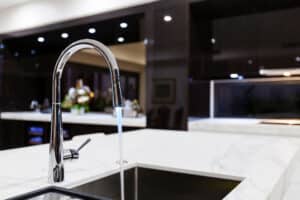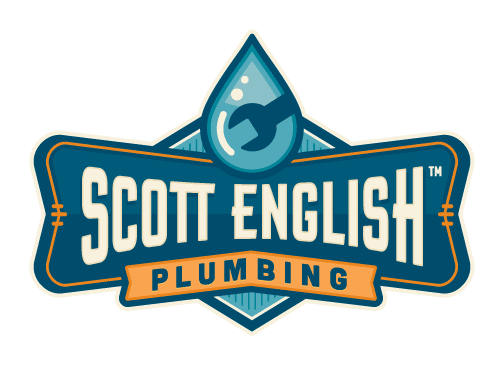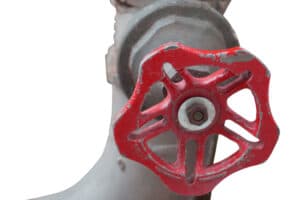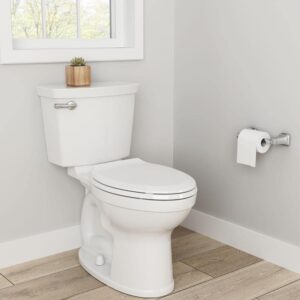Faucet Troubleshooting in Orange County

Faucets are a vital part of everyday life for modern society. They dispense water and allow us to wash
things and carry out personal beauty regiments. They allow us to wash dishes and take showers. It is
important to protect these fixtures and maintain them in good working order. Keep reading to learn more about faucets and faucet issues, or call now for facuet repair or installation in Orange County!
Drippy Faucets
A drippy faucet is the most common plumbing problem there is, and usually the easiest to repair. It’ is a
running joke with in all of society that everyone has at least one dripping faucet in their Orange County house. Most people are reluctant to deal with this. They prolong the problem and continuing wasting water. If caught early, we are usually able to swap out the stem or cartridge. If the problem persists the leak will calcify and corrode the fixture to the point where replacement of the fixture is necessary.
Causes of Dripping Faucets
One of the causes of drippy faucets is excessive high-water pressure. Your water department is not
obligated to regulate the pressure of your plumbing system. They build their systems to withstand very
high pressure. When it comes to your own home you are responsible for regulating your own pressure
to your home. You do this by installing a Pressure Regulating Valve. This device reduces the pressure of
the income water pressure down to the ideal pressure. This is typically 65 PSI (pounds per square inch).
The regulators are factory preset at 65 PSI.
Over time they need to be tested for wear and tear. Just like the shocks on a car they can wear out over time and need to be replaced. We recommend that the pressure to the house be tested at least every six months to assure proper pressure to the home and to avoid any burst pipes or fixtures. At Scott English, we can provide any plumbing installation or maintenance in Orange County that you need.
How to Deal with Faucet Issues
The faucet is one of the most used fixtures in the kitchen. It is used in preparing and washing the food as well as cleaning planes and utensils among others. Here are ways on how to solve problems involving faucets in your kitchen.
- Identify the product. Even professionals will have a hard time if they cannot properly identify the product they are working with. Normally there are model numbers for the product as well as the brand that will give you the necessary information. In the absence of the original packaging, you can use the characteristics and appearance of the faucet. This is why it is good to take note of the kitchen fixtures you have installed.
- Check the Source. There are as many different sources of the problem as the problem itself. Low pressure can be due to dirty aerator or clogged pipes. The best way to troubleshoot the source of the problem is to go with the installation manual or the maintenance guide. If your faucet did not come with these documents you can call on plumbing specialists like Scott English Plumbing and describe the problem with an expert.
- Call in the Expert. Once the problem has been isolate, the plumbing technician can come by with the right parts and do the repair. Problem solved!
Always remember that your home is the biggest investment you will ever make (even more than your
kids). We at Scott English Plumbing feel it is imperative to maintain your home. We are here to help
you do just that. Please give a call today for a free no obligation estimate.


